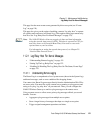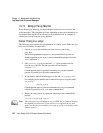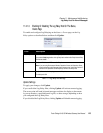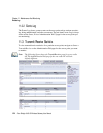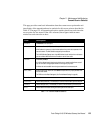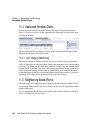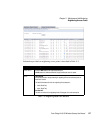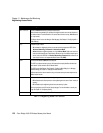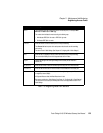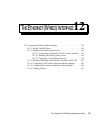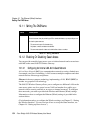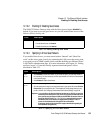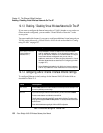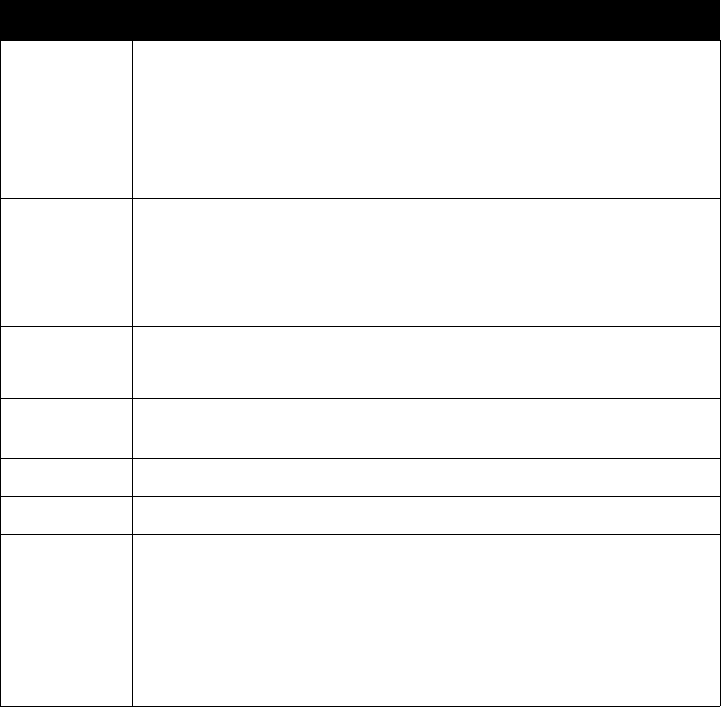
Psion Teklogix 9160 G2 Wireless Gateway User Manual 129
Chapter 11: Maintenance And Monitoring
Neighboring Access Points
Band
This indicates the IEEE 802.11 mode being used on this access point. (For example,
IEEE
802.11a
, IEEE
802.11b
, IEEE
802.11g
.)
The number shown indicates the mode according to the following map:
• 2.4 indicates IEEE 802.11b mode or IEEE 802.11g mode.
• 5 indicates IEEE 802.11a mode.
Channel
Shows the channel on which the access point is currently broadcasting.
The
Channel
defines the portion of the radio spectrum that the radio uses for transmitting
and receiving.
The channel is set in Radio Settings. (See Chapter 16: “Configuring 802.11 Radio Settings”.)
Rate
Shows the rate (in megabits per second) at which this access point is currently transmitting.
The current rate will always be one of the supported rates shown in Rates.
Signal
Indicates the strength of the radio signal emitting from this access point as measured in
decibels (Db).
# of Beacons
Shows the total number of beacons transmitted by this access point since it was last booted.
Last Beacon
Shows the date and time that the most recent beacon was transmitted from the access point.
Rates
Shows supported and basic (advertised) rate sets for the neighboring access point. Rates are shown
in megabits per second (Mbps).
All Supported Rates are listed, with Basic Rates shown in bold.
Rate sets are configured on Radio Settings. (See Chapter 16: “Configuring 802.11 Radio Settings”.)
The rates shown for an access point will always be the rates currently specified for that AP in its
Radio Settings.
Field Description
Table 11.3 Neighboring Access Point Statistics



